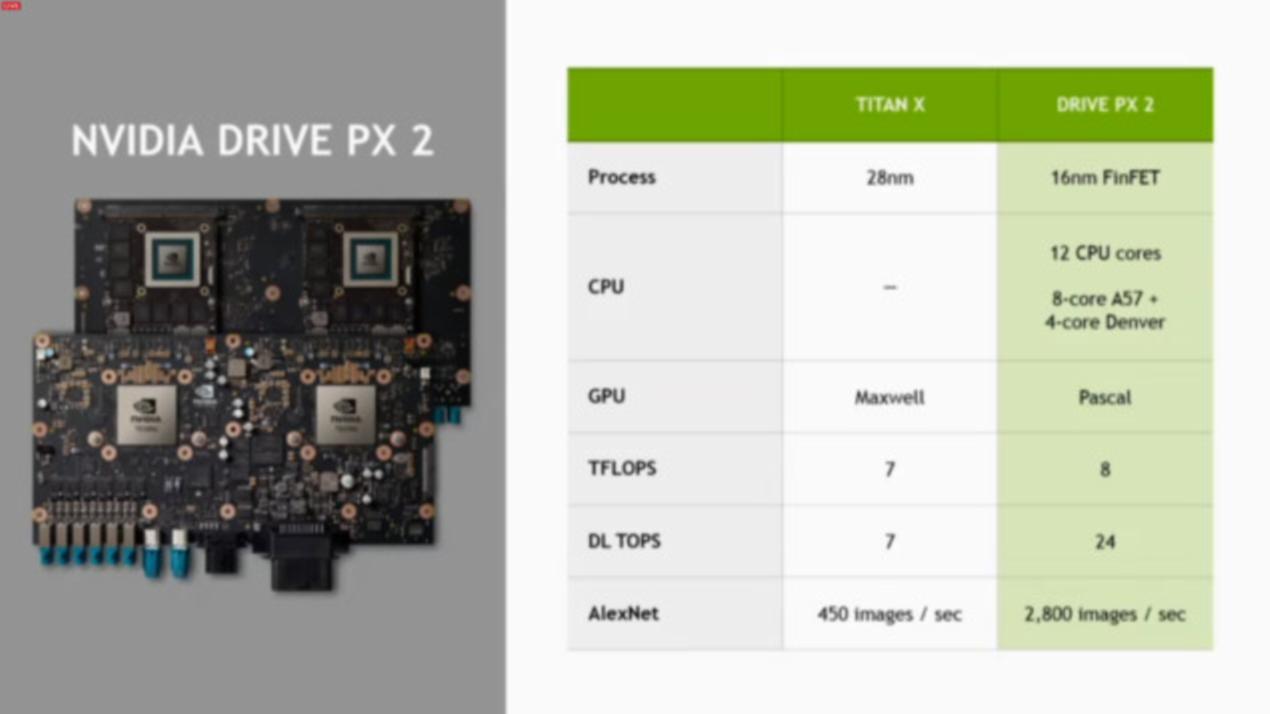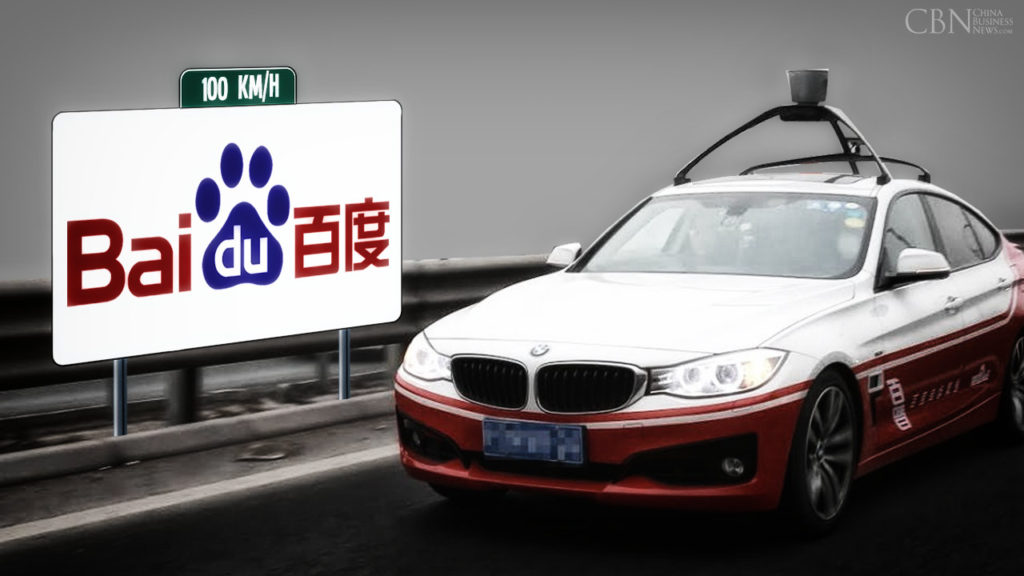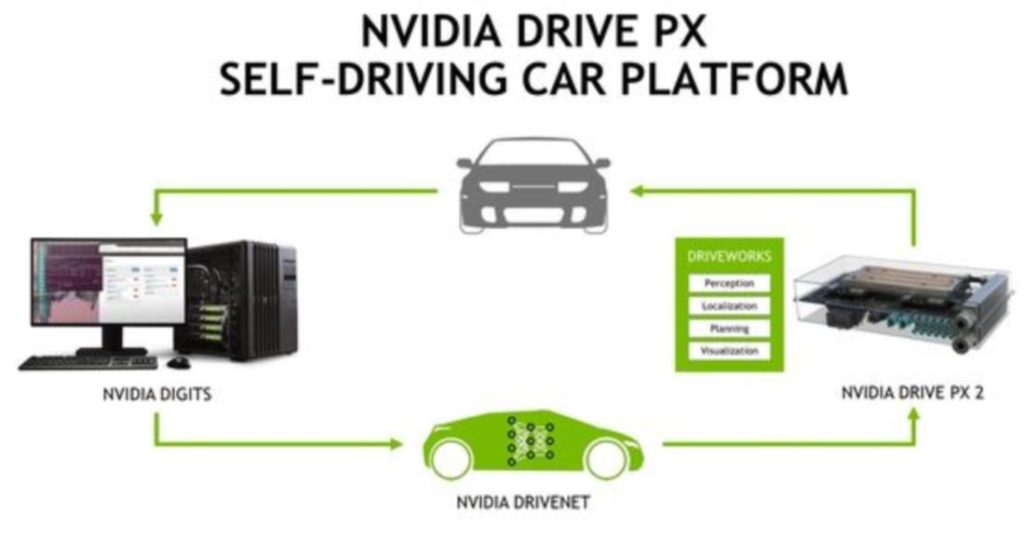Microprocessor and chip maker NVIDIA is using artificial intelligence onboard its newest computer system that will power Chinese web company Baidu’s self-driving car, according to a Reuters report. Baidu is the Chinese equivalent of Google, and operates the country’s most popular search engine of the same name that holds a 56.3% market share.
NVIDIA, as some of us know, is famous for its Graphics Processing Units (GPUs) that powers many high-end gaming PCs and laptops, as well as super-fast mobile processors like the Tegra series. But NVIDIA has been eyeing the artificial intelligence space for quite some time now.
Why? Because AI requires a very high level of computational power. To put it simply, artificial intelligence systems now use what is called GPU-accelerated computing which is basically a GPU working in parallel with a CPU to enhance a system’s capability. This capability can then cover deep learning, analytics and other processes that require additional computation power even to work at very basic levels.
NVIDIA’s newest revelation is the Drive PX 2, a computer system specially developed for self-driving cars. The company unveiled this new system at a GPU Technology Conference held recently in Beijing. Earlier this month, Baidu and NVIDIA announced that they would partner to develop a cloud-based architecture specifically for self-driving capability, using NVIDIA’s expertise in artificial intelligence.
Originally launched in January, the new iteration of Drive PX 2 utilizes about 10 watts and measures half the dimensions of the older model. One of the major problems with self-driving technology is putting a powerful-enough computer on board that can handle the complex computational needs of an autonomous vehicle.
This seems to be a big step in that direction for autonomous driving technology. Even though the Drive PX2 only has one processor powering it, that processor has the capacity to take all of the data from all the cars sensors and turn that into a complete “map” of the vehicle’s surroundings using deep neural networks.
The entrance of GPUs into the artificial intelligence space have revolutionized what researchers are now able to do. For example, using only 12 GPUs, a team of researchers at Stanford University discovered that the same processing power could be achieved as that delivered by 2,000 CPUs! The list of accomplishments goes on, from the 2011 Google Brain project being able to recognize cats and people after watching YouTube videos, to achieving “superhuman levels of perception and cognition” by 2015, GPUs powered by NVIDIA have taken AI a long way from where it was a mere five years ago.
With chipmakers Intel, AMD and Qualcomm all competing to support the latest technologies in mobile processing, data centers, the Internet of Things and artificial intelligence, it will be interesting, to say the least, to watch how the war of the chipmakers develops over the next several years.
The most relevant questions now will be: Who will get to the top? Will they stay there? Who will be left behind? Who will be the biggest loser? How much money will they make?
But the biggest question of all is probably this: who will contribute the most to building a future where artificial intelligence is within reach of the common man?
Thanks for reading our work! If you’re reading this on Apple News, please favorite the 1RedDrop channel (next to our logo) to add us to your news feed, or Like our page on Facebook. Please bookmark our site for more insightful articles on current and future technologies that are changing our lives.





